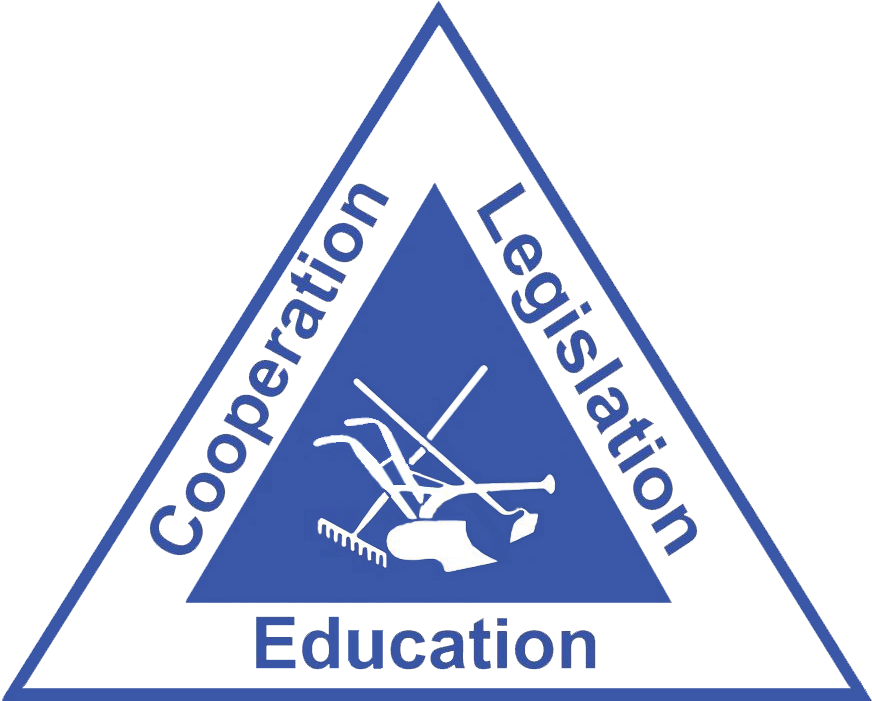 By Steven Emmen, NFU Intern
By Steven Emmen, NFU Intern
Earlier this week, we briefly discussed what the prior appropriation system is and its unique characteristics. To give beginning farmers a better idea of the practical application of prior appropriation, we reached out to a farmer on the western slope of Colorado. Harrison Topp manages a peach farm and is currently looking for land and water rights. He explains some of the difficulties of the system and how it works in different locations around his state.
Where do you begin? What is the process you go through to get a water right?
Water rights are basically a private property right, so depending on where you are, you can buy it from somebody. It often comes with the land, but you can also buy it from somebody who is not using it and use it on other land.
Is water as private property right helpful, or is it problematic for beginning farmers?
It’s complicated, but I think it is the right way to do it. So much of the ag economy gets tied up in water, and I think it would be very damaging if we tamper with it. It is an imperfect system, but I think it is right. Although it is complicated because it can easily be sold off to a city or become the domain of people who can afford it.
How much do you think someone who is beginning to farm should expect to spend on water?
I can tell you what we are looking at, it is about $8,000. Farmland around me goes for about $10,000 an acre and $8,000 of that is the water right.
So thousands if not tens of thousands of dollars?
Of course, but every irrigation right is different. So it doesn’t do much to tell you how much it would cost because I can only tell you what it costs around me based on demand. The difference between 100 acres of land with water and 100 acres without water could be $700,000, there is almost not a comparison.
Let’s say a New Yorker flies out to Colorado tomorrow and starts looking for land and water rights tomorrow. What is a piece of advice you want to give them?
Make a lot of phone calls. Calling around to people and asking historically how a ditch has done can help out a lot. I feel very lucky where we are because water is relatively straight forward – water on my farm dates back to when the right was claimed. We are junior to some people, so we could lose out on water, so I really would like to get a more senior right. A lot of ways to find out what water is like in an area is calling people and talking to them. Call governing bodies, neighbors, and communities to find out what the water in the area is like
In parting, I think it is really important that people understand that the prior appropriation system is relatively uniform, but the way the water is managed at a local level varies so much. The situation in the North Brook Valley is very different from the situation in the Capadre Valley, San Louis Valley and Arkansas Valley [locations in Colorado]. Then you get on the eastern side of the Rockies and it changes again. But it is not a system that you wouldn’t be able to become knowledgeable in. It’s hard, though, because people who are growing vegetables in a community find out that the way the water is being managed is for people growing hay. We could spread it out longer and use less of it, but that’s not as easy as it sounds. It is really unique and it is not worth it to jump into it before really doing your homework and finding out what those water rights are like.
Harrison Topp is the Director of Membership for Rocky Mountain Farmers Union, and the operator of Topp Fruits. Prior to his tenure at RMFU, Topp was the program coordinator for the Montezuma School to Farm Project, and he earned a bachelors degree in film and television at New York University.
Like what you’ve read? Check out our Beginning Farmer Forum home page, and join the conversation in the Beginning Farmer Forum Facebook group.

